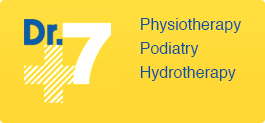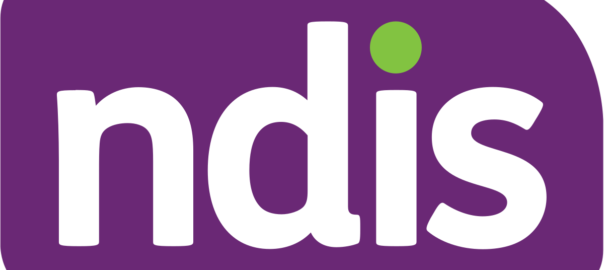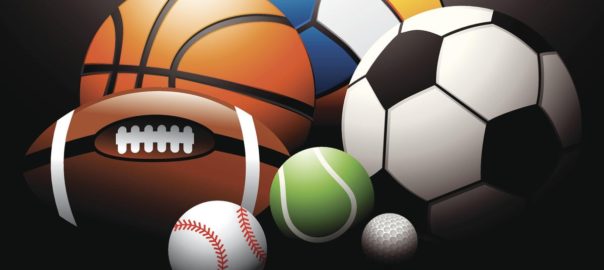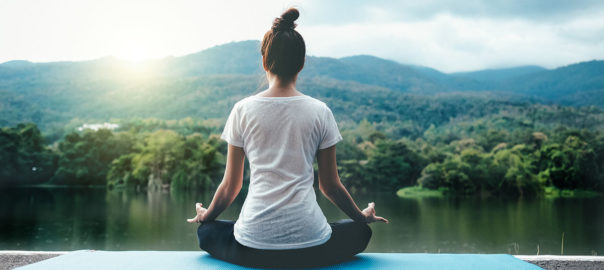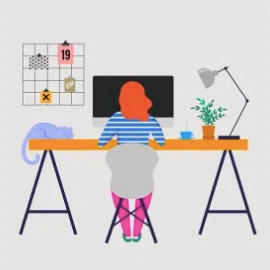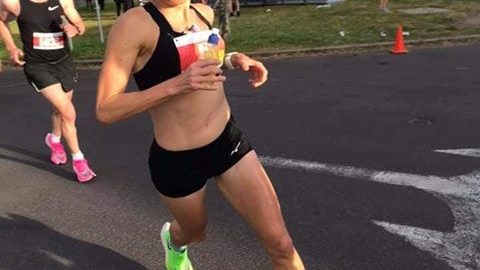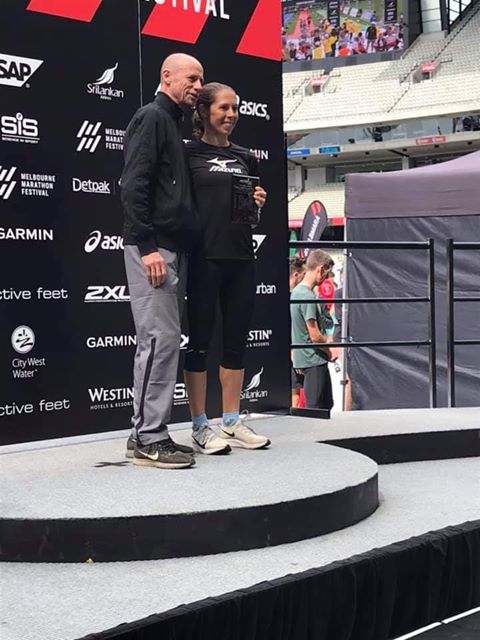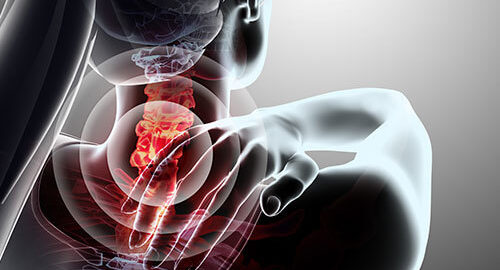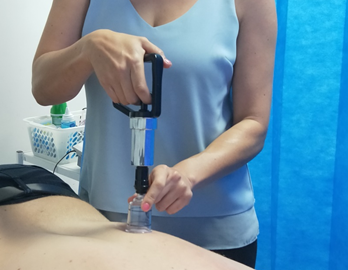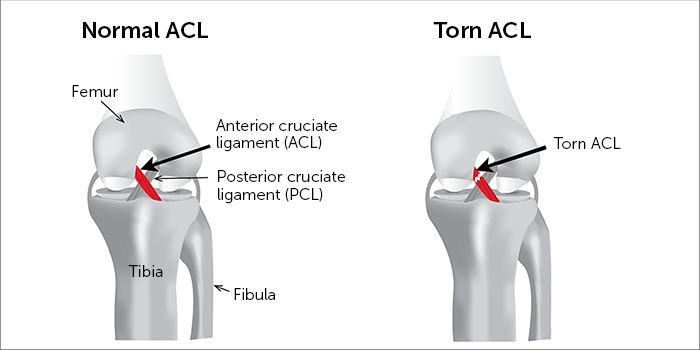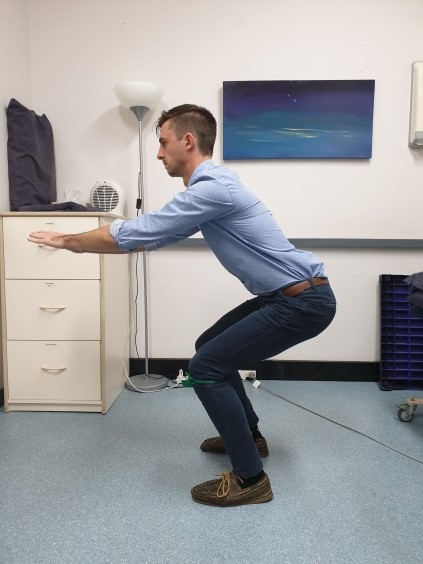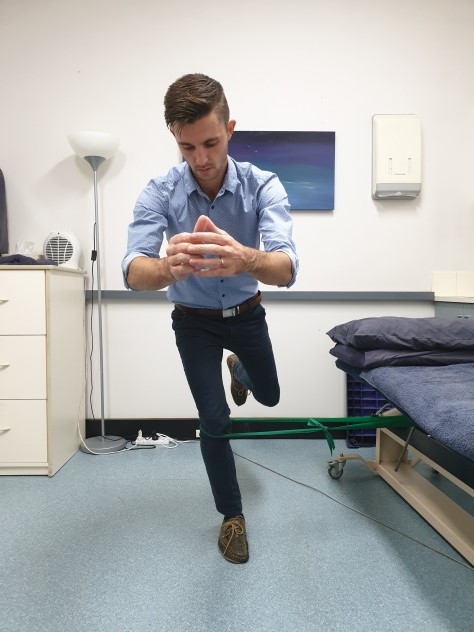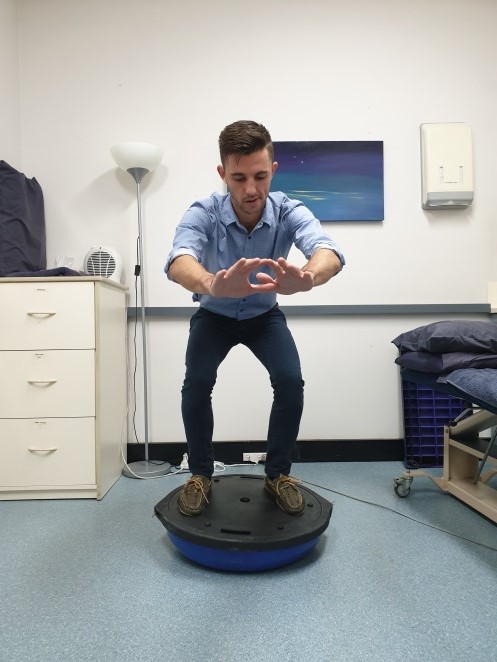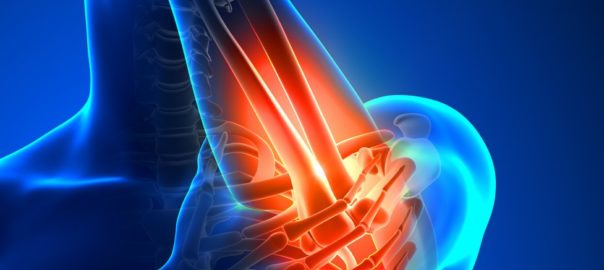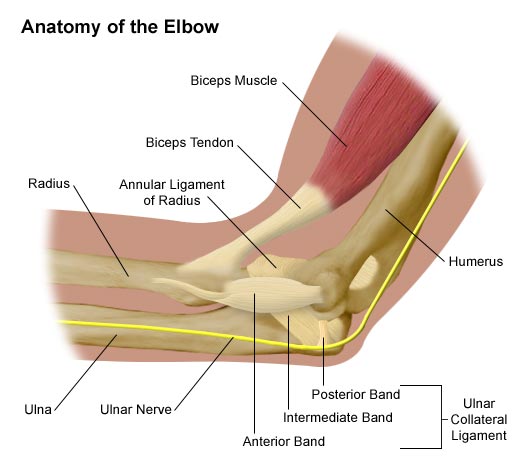NDIS
National Disability Insurance Scheme or NDIS for short is a scheme where the Australian government funds certain services such as physiotherapy and podiatry for people with a disability. Dr7 Physiotherapy, Podiatry, and Hydrotherapy Yokine, is a provider for NDIS patients and works closely with carers to set short- and long-term goals with a tailored plan for each person. The convenience of having a hydrotherapy pool located within the practice makes it more accessible for NDIS patients who want a physiotherapist to guide and assist with hydrotherapy and physiotherapy.
Am I eligible?
- Aged between 7 to 65 years old.
- Australian citizen or Permanent resident or have a permanent or special category visa.
- Need support from a physiotherapist or podiatrist because of a permanent and significant disability.
- Use special equipment because of a permanent and significant disability.
- If you need more information, please visit https://www.ndis.gov.au/applying-access-ndis/am-i-eligible
How do I apply?
- First, you need to check if you are eligible for the points above.
- If you are eligible you may apply for an access request by calling 1800 800 110.
- You will need to complete an access request form which is available at https://www.ndis.gov.au/how-apply-ndis/what-access-request-form and submit it to NAT@ndis.gov.au
- If you need help filling in the form or need more information you can contact your Local Area Coordinator (LAC) or your local NDIA office. https://www.ndis.gov.au/contact/locations
Why come to Dr7 Physiotherapy, Podiatry, and Hydrotherapy?
- Convenient to have three services located at the same practice.
- Easy access and free parking bays.
- Friendly, caring, and helpful staff members.
- Highly trained and professional physiotherapists and podiatrists.
- Located in a medical center that has various services such as GPs, pharmacy, psychologist, clinical labs, etc.
Dr7 Physiotherapy, Podiatry, and Hydrotherapy Joondanna accept all NDIS patients who are self-managed, plan managed but we DO NOT accept NDIA managed NDIS funds (Please call reception for billing information).
Please do not hesitate to call Dr7 Physiotherapy and Podiatry Tuart Hill and ask to see one of our physiotherapists today. Dr7 Physiotherapy and Podiatry services Perth’s northern suburbs including Yokine, Tuart Hill, Osborne Park, Stirling, Nollamara, Dianella, North Perth, and surrounding suburbs. Our friendly Physiotherapists and Podiatrists have appointments available Monday-Saturday.
Bookings are available on our website https://dr7physioandpod.com.au/ (click on the “Book an appointment” button on the top right-hand side of the page) or over the phone on 9349 1777.
